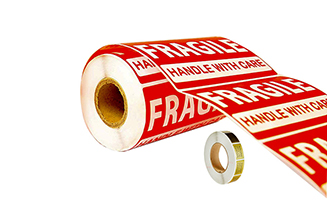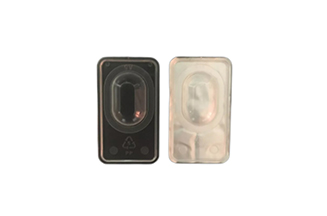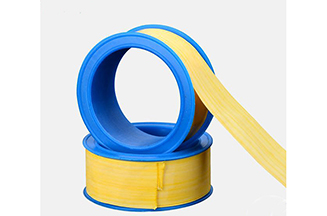Polyethylene resin is a non-toxic, odorless white powder or granule, milky white in appearance, waxy in hand, and low in water absorption, less than 0.01%. Polyethylene film is transparent and decreases with increasing crystallinity. Polyethylene film has low water permeability but high air permeability, so it is not suitable for fresh-keeping packaging but suitable for moisture-proof packaging. Flammable, low smoke when burning, a small amount of molten dripping, the flame is yellow at the top and blue at the bottom, and has the smell of paraffin. Polyethylene has better water resistance. The surface of the product has no polarity, it is difficult to bond and print, and it is improved by surface treatment.
Its molecular weight is in the range of 10,000 to 100,000. Those with a molecular weight of more than 100,000 are ultra-high molecular weight polyethylene. The higher the molecular weight, the better its physical and mechanical properties, and the closer it is to the required level of engineering materials. However, the higher the molecular weight, the more difficult it is to process. The melting point of polyethylene is 100-130°C, and it has excellent low temperature resistance. It can still maintain good mechanical properties at -60°C, but the use temperature is 80~110°C. It is insoluble in any known solvents at room temperature, and can be dissolved in a small amount in solvents such as toluene, amyl acetate, and trichloroethylene above 70°C.
1. Chemical properties of polyethylene products
Polyethylene has good chemical stability and can withstand dilute nitric acid, dilute sulfuric acid and any concentration of hydrochloric acid, hydrofluoric acid, phosphoric acid, formic acid, acetic acid, ammonia water, amines, hydrogen peroxide, sodium hydroxide, potassium hydroxide, etc. at room temperature solution. But it is not resistant to strong oxidation corrosion, such as the mixture of oleum, concentrated nitric acid, chromic acid and sulfuric acid. At room temperature, the above-mentioned solvents will slowly corrode polyethylene, but at 90-100°C, concentrated sulfuric acid and concentrated nitric acid will rapidly corrode polyethylene, destroying or decomposing it. Polyethylene is easy to photo-oxidize, thermally oxidize, and ozonolyze, and it is easy to degrade under the action of ultraviolet rays. Carbon black has an excellent light-shielding effect on polyethylene. After being irradiated, reactions such as crosslinking, chain scission, and formation of unsaturated groups can occur.
Second, the mechanical properties of polyethylene products
The mechanical properties of polyethylene are average, the tensile strength is low, the creep resistance is not good, and the impact resistance is good. Impact strength LDPE>LLDPE>HDPE, other mechanical properties LDPE crystallinity and relative molecular weight, with the improvement of these indicators, its mechanical properties increase. Environmental stress cracking resistance is not good, but when the relative molecular weight increases, it improves. Good puncture resistance, among which LLDPE is the best.
3. Thermal properties of polyethylene products
The heat resistance of polyethylene is not high, and it improves with the increase of relative molecular weight and crystallinity. Good low temperature resistance, the brittle temperature can generally reach below -50°C; and with the increase of relative molecular weight, the lowest can reach -140°C. The linear expansion coefficient of polyethylene is large, up to (20~24)×10-5/K. High thermal conductivity.
4. Electrical properties of polyethylene products
Because polyethylene is non-polar, it has low dielectric loss and high dielectric strength and excellent electrical properties. It can be used not only as frequency modulation insulating material, corona-resistant plastic, but also as high-voltage insulating material.
5. Environmental characteristics of polyethylene products
Polyethylene is an alkane inert polymer with good chemical stability. It is corrosion resistant to acid, alkali and salt solution at room temperature, but it is not resistant to strong oxidants such as oleum, concentrated nitric acid and chromic acid. Polyethylene products are insoluble in general solvents below 60°C, but they will swell or crack when they are in contact with aliphatic hydrocarbons, aromatic hydrocarbons, halogenated hydrocarbons, etc. for a long time. When the temperature exceeds 60°C, it can be slightly soluble in toluene, amyl acetate, trichlorethylene, turpentine, mineral oil and paraffin; if the temperature is higher than 100°C, it can be dissolved in tetralin. Since polyethylene molecules contain a small amount of double bonds and ether bonds, sunlight and rain will cause aging, and antioxidants and light stabilizers need to be added to improve.




